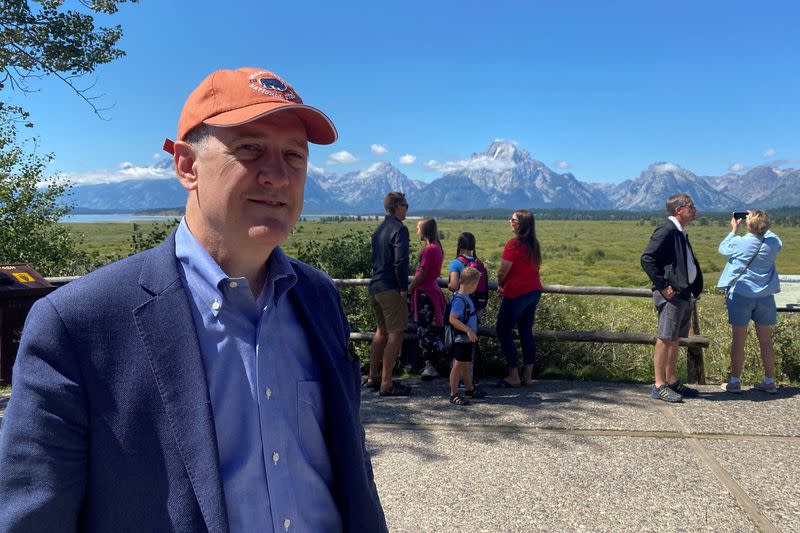Data may bias Fed to more rate hikes, ex-St. Louis Fed chief says

By Michael S. Derby
NEW YORK (Reuters) - Federal Reserve officials may have to revise higher forecasts of how far they'll have to raise interest rates given the unexpected strength of the U.S. economy and still sturdy levels of underlying inflation, a former U.S. central banker said.
James Bullard, who was president of the St. Louis Fed from 2008 until leaving last month to lead Purdue University’s business school, wasn't ready to say how much higher the Fed might have to raise its collective view on interest rates, or when it would do so. But he told Reuters in an interview that the economy is biasing the central bank in that direction.
Bullard, who had been a prominent hawk at the Fed in recent years in favor of aggressive rate hikes to curb high inflation, spoke on Wednesday after the release of consumer price index data for August that showed ongoing inflation pressures.
Overall inflation rose 3.7% from a year ago on higher gasoline prices, while inflation stripped of food and energy items ebbed to a 4.3% year-on-year gain, from 4.7% in July, the Labor Department reported.
The catch, as Bullard saw it, was the monthly change in the CPI was higher in August than it was in July. Core CPI gained 0.3% versus the prior month's 0.2% increase, while the monthly rise in overall CPI was 0.6% in August, compared to July's 0.2%.
That development was "a little bit concerning," he said, adding that Fed officials want inflation to ease rather than quicken, and the CPI data "suggested that it's not going to come down as fast as they previously thought."
"That might change the sentiment toward a somewhat higher trajectory for the interest rate path than would have otherwise been expected," Bullard said.
The Fed is widely expected to leave its benchmark overnight interest rate in the current 5.25%-5.50% range at the end of a two-day policy meeting next week. The central bank also will release updated policymaker projections for economic growth, inflation, unemployment and the federal funds rate.
There is an active debate over whether the Fed has more to do on the monetary policy front into the close of the year, and markets are closely watching to see if officials remove, maintain or even push up the forecast made in June that the central bank would raise rates one more time this year beyond the quarter-percentage-point increase delivered in late July.
Bullard said it's not just inflation biasing the Fed toward more action. He noted that many policymakers' expectations of weak activity over this year have not been borne out, so they'll need to upgrade their growth forecasts as a result. It's possible these upgraded forecasts won't change officials' monetary policy expectations, but it could also open the door toward penciling in more rate-hike action, he said.
(Reporting by Michael S. Derby; Editing by Paul Simao)

 Yahoo Finance
Yahoo Finance 